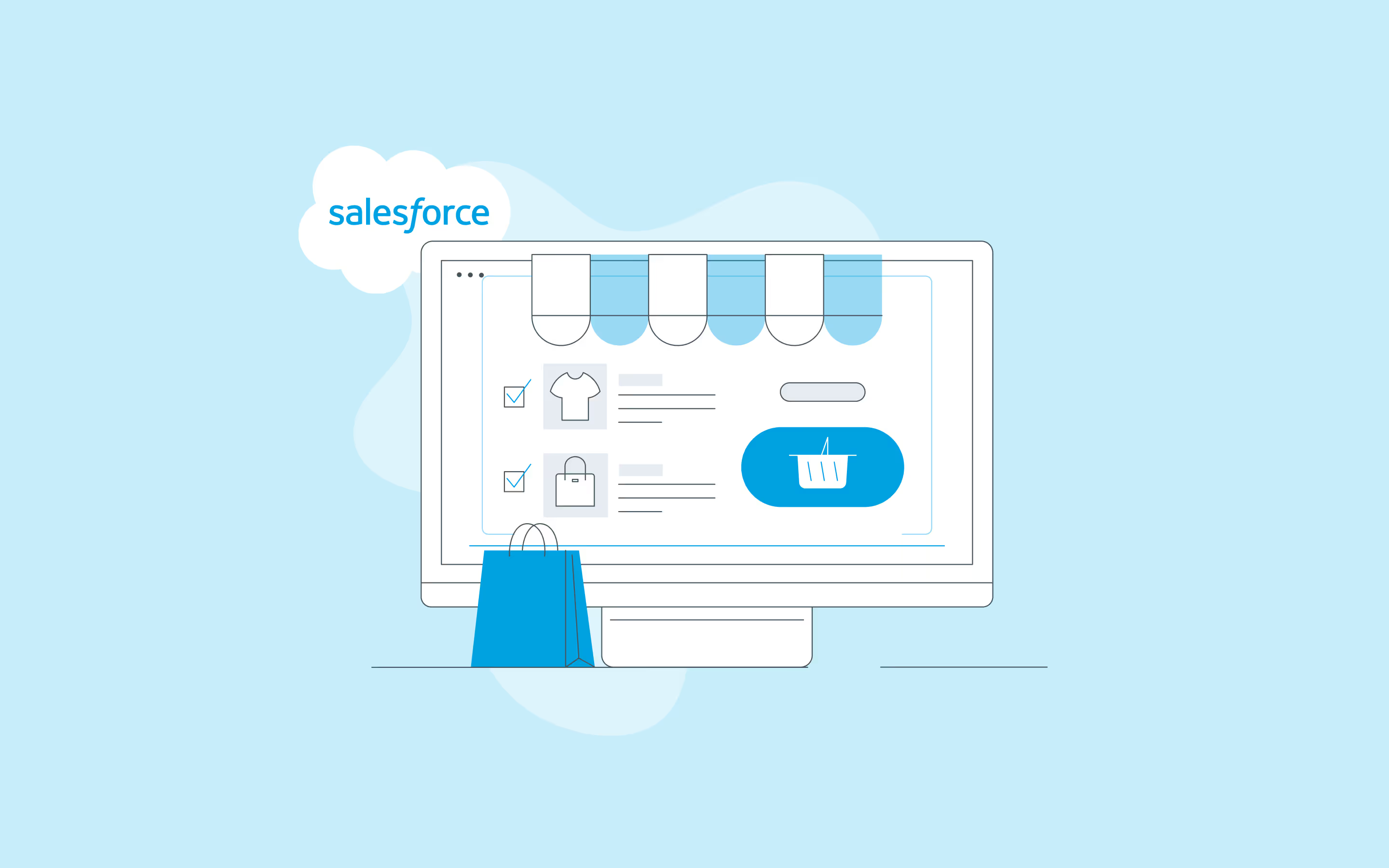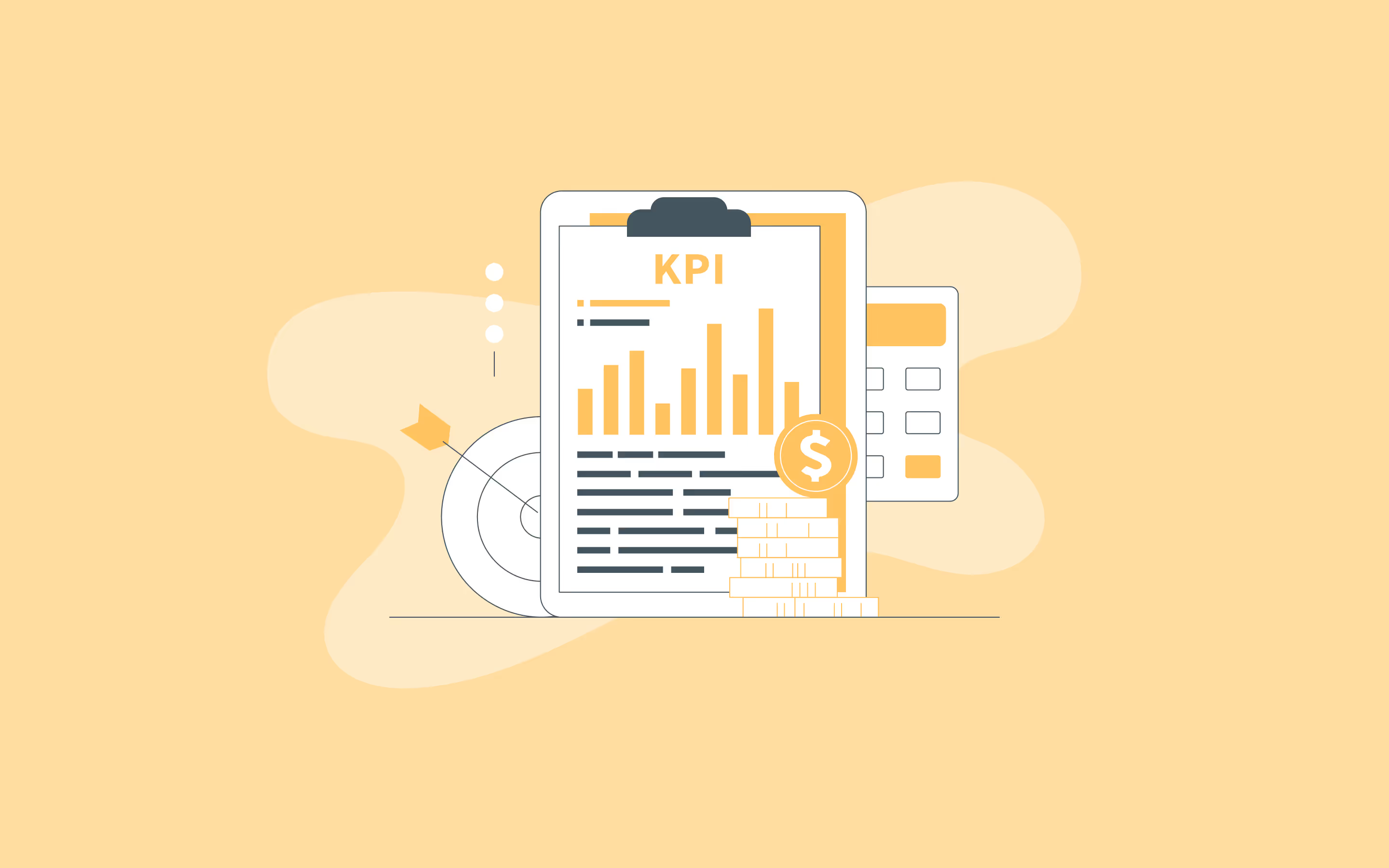

5 min read
•
Composable
•
July 15, 2025
How Does Composable Help Marketers and Merchants
If launching a promo takes 3 JIRA tickets and 2 weeks of dev time, you're not just behind, you're bleeding money.
Your Digital Team is Better Than Your Tech Stack
Marketers and merchandisers in enterprise retail are often stuck in a weird paradox: they have powerful ideas, agile teams, and massive goals, but a tech stack that moves like it's 2012. If launching a promo takes 3 JIRA tickets and 2 weeks of dev time, you're not just behind, you're bleeding money.
Enter composable commerce: a modular, API-first approach to building digital storefronts. While it sounds like a developer’s dream (and it is), the biggest wins actually show up for marketers and merchants.
Here’s how.
1. You Can Get Sh*t Done Fast
Composable means your frontend is decoupled from your backend. So when merch or marketing wants to:
- Launch a campaign,
- Update a product carousel,
- Swap out homepage banners for seasonal offers,
- Build a landing page for that influencer collab…
...they can do it without dev involvement (or with minimal support). Teams can use low-code/no-code tools integrated into the stack (like CMSs or visual merch tools) to make changes in hours, not weeks. And dev teams, before you get too upset, these guys have been using tag managers and personalization tools behind your back to do things they shouldn't for about 10 years now. This is better-safer-transparenter than that.
Result: Faster go-to-market, more A/B testing, more wins.

2. Personalization and Segmentation Actually Work
Legacy monoliths often treat personalization like a bolt-on feature, not a core capability. Composable stacks let you plug in best-in-class personalization engines (we have hard-core expertise in or Dynamic Yield) that actually talk to your content and commerce layers in real-time.
Marketers can then:
- Target based on customer behavior, not just segments
- Trigger experiences dynamically
- Swap components (not entire pages)
Now, it better be built correctly by a partner who knows what they are doing. (cough). And that partner better be in the weeds with your team on what it has to do where (double cough). And you better be willing to out some work into making it work rather than think it automagically improves conversions (whooping cough). But a composable architecture does unlock all this.
Result: Better CX, higher conversion rates, more data to refine.
3. You Own the Brand Experience, Not the Platform
Composable gives you control over your frontend experience. Sure you have, like templates with like Bootstrap n stuff that you can play with. But repeat after me - ISML is DISML. With composable you are a world of React and Typescript and kittens. You get to control how the site looks, feels, and behaves instead of being locked into the templates someone thought were state of the art back in 2014.
This means your brand team can:
- Tell a story that actually feels premium
- Maintain consistency across channels
- Create immersive content experiences
…without getting a “that’s not possible with our CMS” reply from IT.
Result: Experience-driven commerce, not catalog-driven commerce.
4. Operational Flexibility = Less Burnout
Move fast and break stuff they say. Yeah, great advice for a 20 year old building an app no one wil likely ever have to use. We don;t get that luxury. Marketers and merchandisers are constantly caught between "move fast" and "absolutely don’t break stuff."
Composable gives us a middle ground:
- You can make changes and roll something back within about 10 seconds.
- Repair or update to one part of the site does not have to impact another. And you will have built testing and QA workflows to automatically make sure that is the case. Or at least you will if you use 64labs (cough - sorry I can't quite get rid of this).
- You can schedule campaigns without syncing 5 different systems. Decide on your preferred workflow, how the various elements need to work together. And build that. Composable is made to compose.
- You can preview content as it will actually appear — not just in staging environments that look nothing like the real site.
Result: Less stress, more autonomy, more velocity, more control.
5. No More Big Bang
Worried about an old school Big Bang launch of composable? Don't be. You can put a full composable site out to a subset of users for as long as you want before you have to commit? Don’t be. Most enterprise teams go with a split launch - maybe 5% of users to start. They iron out any kinks. Then when they realize how much the ROI will be if they switch over like right now, they switch.
You can go incremental of course.
You can plug in a headless CMS (like Contenstack or Amplience), run it headlessly within your legacy stack for a while, and prove ROI before ripping anything out. Or un composable with a new CMS in one region for six months to give yourselves some experience of both before rolling out globally.
Result: Low risk, high reward — easy to minimize risk and you keep IT on your side.
In a world where campaigns move at the speed of culture and conversion windows last minutes, composable lets marketers and merchandisers do what they do best: create, launch, measure, and optimize without waiting for devs, approvals, or outdated systems to catch up.
{{banner}}
Read more

August 8, 2025
Salesforce
Ecommerce
Why Salesforce Commerce Cloud Is Still the Best Enterprise eCommerce Platform

August 7, 2025
Composable
How a Composable Storefront Pays for Itself

July 15, 2025
Composable
Ecommerce
Monolithic vs. Composable Commerce: Which One Actually Lets You Move
